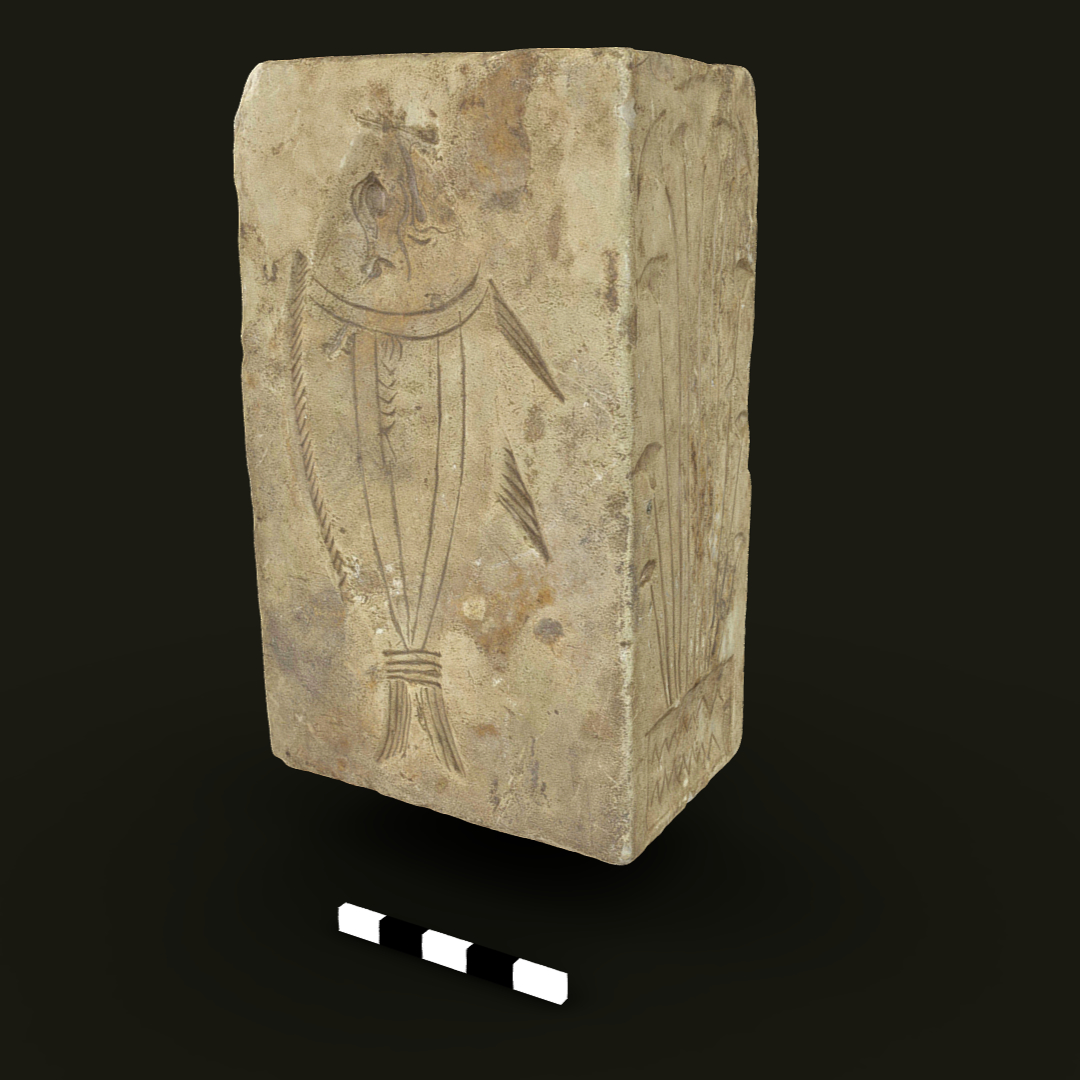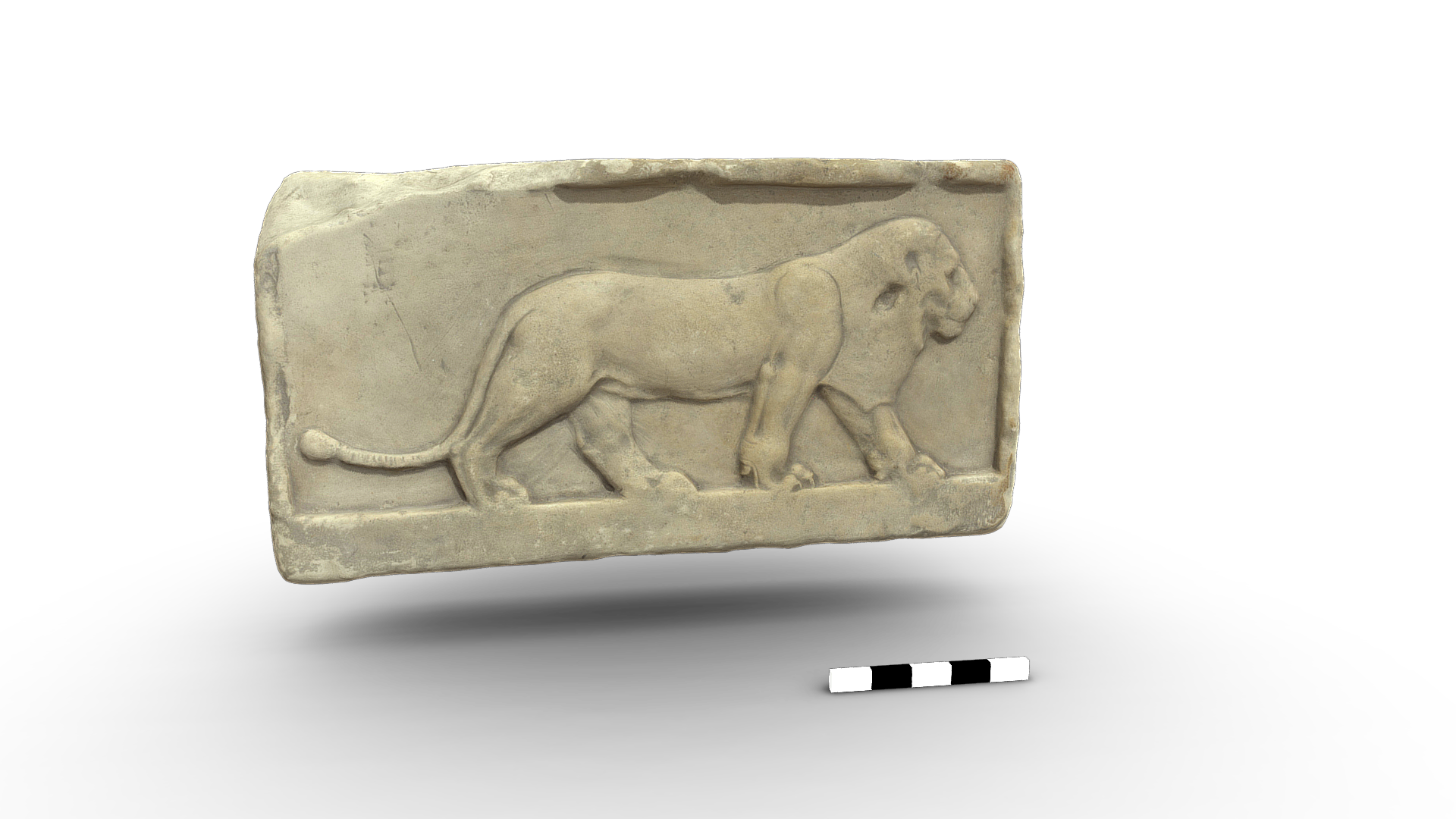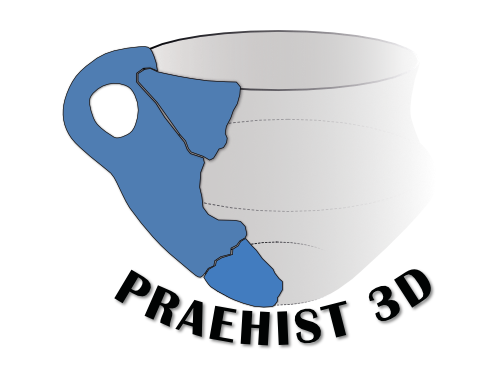So far, virtual exhibitions are still rare in Germany. We are all the more pleased that we were able to play our part in an extensive exhibition at the Museum August Kestner and the Roemer- und Pelizaeus-Museums in 2021.
For the exhibition „KunstModell – Modelle von den Ufern des Nils in den Museen von Hannover und Hildesheim“ we captured over 50 collection objects from both museums in 3D and prepared them for a virtual study and internet presentation.
The exhibition itself is a multimedia website where images, 3D models, digital reconstructions and videos alike explain how the ancient Egyptians handled models. It was launched in 2022 and can still be visited today.
Unfortunately, some links have become messed up in recent years. However, you can still access the models via our Sketchfab collection.

What is a model?
Scientists from Hanover, Hildesheim, Kiel and Wismar asked themselves this question and spent three and a half years searching.
Together with computer scientists, various interpretations and definitions of ancient Egyptian forms and objects were intensively discussed and evaluated and then summarized in nine categories. This categorization now serves as the basis for managing and classifying hundreds of found objects.
Virtual exhibition as the conclusion of a research project
The results found were not only processed in scientific publications, but should also be made accessible to a wider audience. For this purpose, an extensive virtual exhibition should be created.
3D scanned objects should occupy a prominent place in order to demonstrate the formal language and special features of the objects being examined and to make them tangible.
3D object capture
For this purpose, we digitized over 50 objects in the participating museums and prepared them for an online presentation.
Within a few days, several thousand individual images were created for the three-dimensional photogrammetric model generation (often known as Structure From Motion (SFM) method), as well as stripe scans of all objects.
The high-resolution photogrammetry models are accurate down to the submillimeter range and offer impressive color fidelity, but do not have absolute scaling. The proportions are correct relative to each other, but do not have a real scale.
To scale these models to their correct size, we use parallel stripe scans. These have a lower detail resolution, but have real dimensions and are used to scale the SFM models.
The raw data collection in both houses was completed within four working days in the respective collection. The models were then processed at Formwerk3D.
data export and long-term archiving
Several different versions of each object were created. High-resolution 3D data consisting of several million polygons was created for the museums’ internal archives for analysis and later rendering.
For the online presentation, the objects were reduced in resolution so that they could be presented more quickly and easily on the web.
The long-term archives were created using colored point clouds in human-readable point clouds. These have the advantage that they can be easily archived, are robust against typos, and can be converted into models again indefinitely.
In general, standard formats were used to make the data as easy to use as possible and not to favor specialized programs.
Comprehensive protocols on the handling and details of data creation were also created to enable subsequent users to easily access the generated data.

online models
The finished models were then uploaded to Sketchfab and are available to a wide audience in an easy-to-use user interface.
The decision to use Sketchfab was made because numerous museums around the world already use this platform. In addition to the world-famous British Museum, the Louvre and the National Museum in Stockholm are also represented there. The platform has a good moderation team and a specialized department for cultural heritage.
From there, the models can also be easily embedded and presented in other websites.
Exhibition Design in the 21st Century
We are happy that we were able to take part in this bold pilot project and help demonstrate the potential uses of 3D models. The presentation is only a small part of it.
The virtual twins allow researchers to access the individual objects at any time, examine them closely and compare them with their own finds. And all this without the object having to leave the secure archive. Over time, this can create a comprehensive archive of human history that has a far higher information density than simple images in traditional publications.
If you are also interested in digitizing your collection or individual objects, please get in touch!
Are you interested in 3D scans, prints, reconstructions, workshops or questions?
